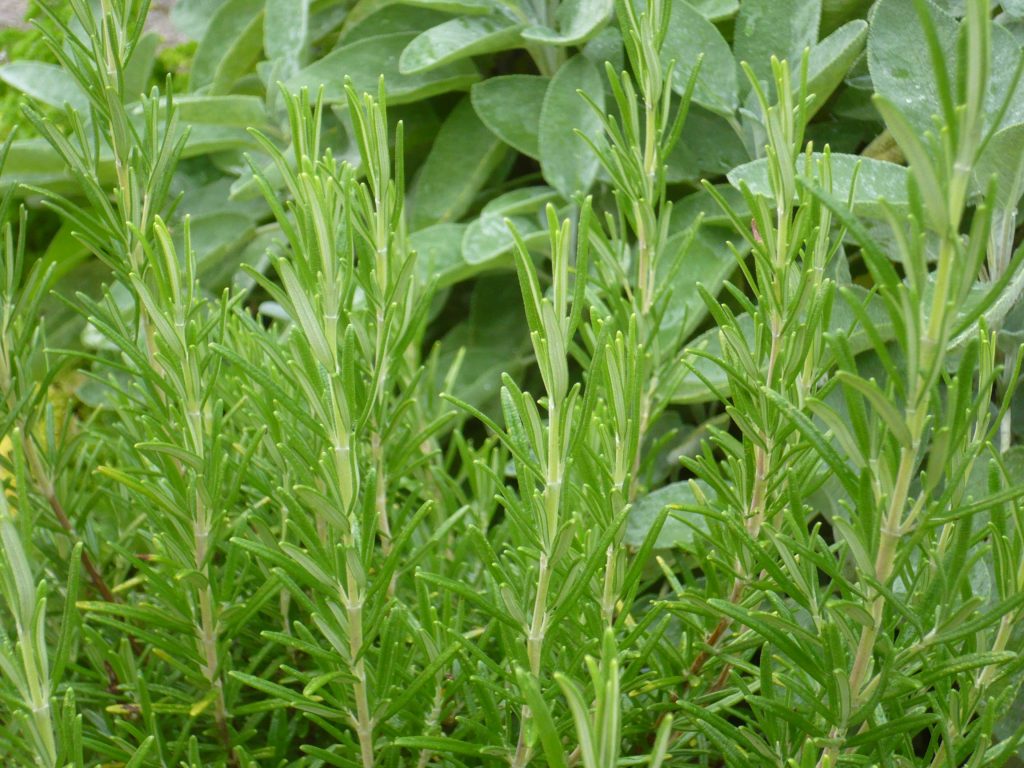Why Rosemary became a Sage
According to new scientific evidence, the relationship between rosemary and sage is surprisingly much closer than originally expected. Therefore, we had to revise the botanical nomenclature. The plant we used to call Rosmarinus officinalis is now called Salvia rosmarinus.
Nothing will change for our customers. The common name rosemary and the INCI name “Rosmarinus Officinalis Leaf Extract” will stay the same. Different botanical and INCI names are not uncommon.
We have already started to change the botanical name in the product documentation and will gradually revise our documents in the coming weeks. We will be happy to send you an official statement regarding the changes in our documents upon request.
Please find more information about the benefits of rosemary CO2 extracts for your formulations below.
About the new name
Rosmarinus and Salvia have been classified as two entirely separate genera since the plant naming system began in 1753. The stamens of the plants were deemed to be similar but not enough to warrant identifying them as one plant type.
This decision was changed due to a study published in 2017: Scientists revealed after studying the DNA of Salvias and closely related genera including Rosmarinus that they are all equally related. Therefore, a reclassification would be necessary. This might mean either splitting the genus Salvia or putting plants from the other genera in with Salvia. There are strict rules for renaming, but any change must consider common usage.
Including Rosmarinus into Salvia would require only 15 name changes, while retaining Rosmarinus and four other small genera and renaming various Salvia taxa would require over 700 name changes.
Therefore, in 2019, members of the RHS Nomenclature and Taxonomy Advisory Group accepted the inclusion of Rosmarinus in the genus Salvia and included Rosmarinus officinalis as Salvia rosmarinus in the RHS Plant Finder 2020. The full article can be found on the official RHS website.
About Rosemary Antioxidants
Perfect for natural cosmetics
Rosemary and sage antioxidants with high concentrations of diterpene phenols naturally protect stressed skin from premature aging. They are not only highly active antioxidants in cosmetic products, but also possess anti-inflammatory and antibacterial activities.
Rosemary and sage antioxidants serve as perfect natural anti-aging ingredients, as they protect the skin against UV damage, inflammation and oxidative stress. These CO2 extracts are also recommended for topical treatment of skin conditions such as acne vulgaris, seborrheic eczema and atopic dermatitis.
Your first choice for food protection
Rosemary and sage antioxidants with their synergistically active compounds can act as primary and secondary antioxidants, making the perfect all-in-one antioxidants for basic natural food protection. They are effective at low concentrations of 100-500 ppm, have little (or even no) effect on the aroma, flavor, color and texture of foods at optimal doses. The highly stable rosemary and sage antioxidants are purely natural and are perfect for stabilizing organic products.
